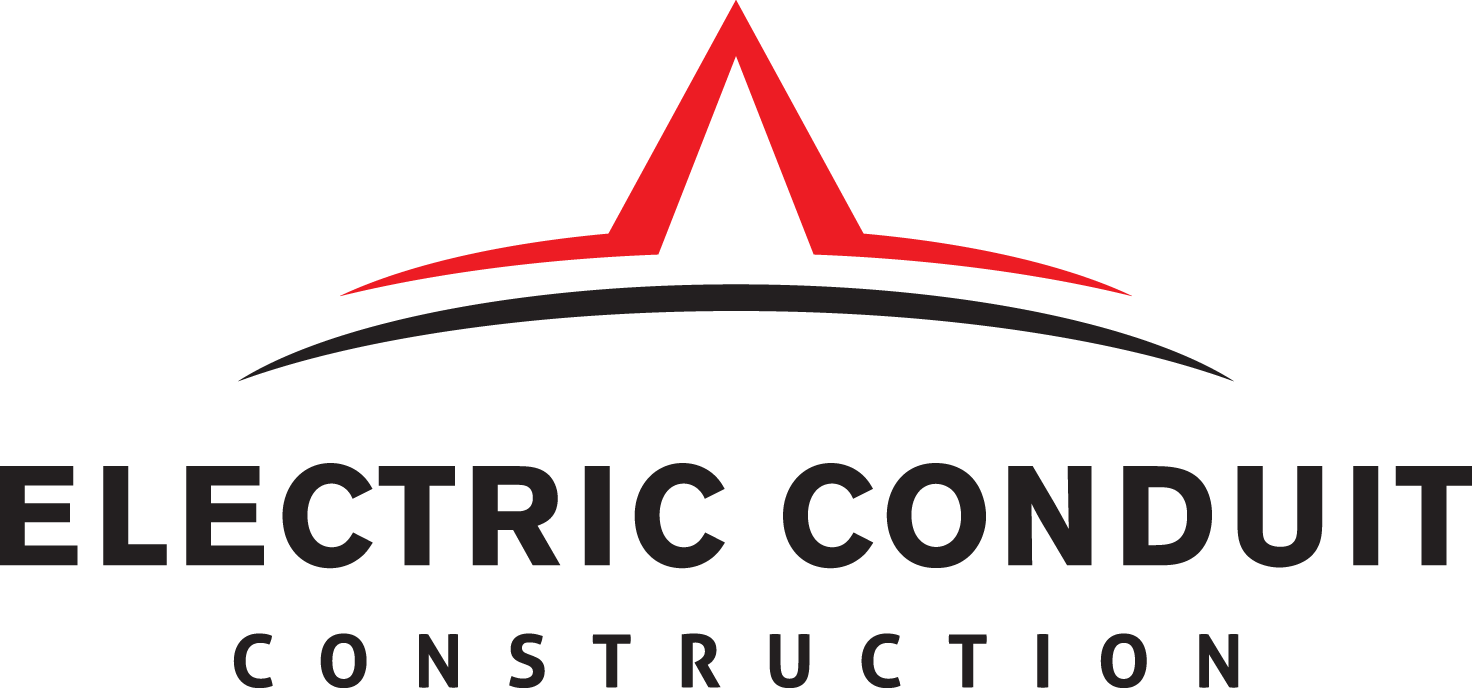HDD Loses Tracking Signal
When the scope of work calls for running fiber optic cable over 1.74 miles under roads, highways, a canal, and a railroad our crews expect the unexpected. That is exactly what Electric Conduit Construction (ECC) crews got on a recent project.
This fiber project required 15 drill shots over the 1.74-mile line of lay, along with opencut work, handholes and casing installation. Finally, fiber was pulled, spliced, tested, and terminated.
Horizontal Directional Drilling (HDD) technology was used because the line of lay was laced with existing utilities of all types, including fiber, power, gas, water, sewer, and cable. It is the practice of ECC to pothole the line of lay every 25’ and at every marked foreign utility. This practice has stood the company well. In 2021 ECC submitted over 100,000 dig tickets and recorded only four utility strikes, and those strikes were on unmarked utilities. Potholing takes time, especially when core boring through base pavement and reinforcing rod, but it is necessary. It enables the crews to positively identify every utility and it allows them to see the drill head as it passes below the utility.
All of this goes smoothly if the operator and drill head tracker can pick up the signal being transmitted from the transducer on the drill head. This worked very well on fourteen of the fifteen drill shots. But on a 460’ shot under a railroad the signal was lost. This shot had a profile that required the drill to be 16’ deep before the roadbed zone of influence, then flatten and maintain that depth until the drill was at the opposite side of the tracks. Then the drill tracked to the surface in the remaining 200’. For ECC when the signal is lost drilling stops immediately. The crew was barely sixty linear feet into the bore. At that point, the foreman and superintendent called in DCI and Vermeer to analyze the problem and find a solution.
Thes drill path was near parallel, distribution power conduits, a steel water main, a steel gas main, both under cathodic protection, as well as the railroad tracks themselves that may have been carrying induced current from overhead power lines.
ECC’s Superintendent called the factory representative for the Falcon Locating instrument. Digital Control Inc. (DCI) manufacture the Falcon Locator. They also provide excellent service, and their rep was onsite within hours of the call. He walked the bore path, made note of interference sources, especially the cathodic protection which operates between 10-14 khz. By selecting a frequency outside of this range, he was able to receive a clear signal. The bore proceeded smoothly and was completed on time.
If DCI had not solved this problem ECC would have resorted to wireline technology. This would involve additional personnel, equipment, time delay and add cost. DCI’s assistance saved money and time.
Thankfully, this was the only section that caused tracking problems, a testimony to the reliability of DCI’s signal technology.
The final details on the project went smoothly. At the open-cut sections, parallel utilities had to be supported while ECC completed the conduit work. At canal, highway, and railroad crossings the bore was enlarged to 10” to accommodate pulling back a six-inch conduit. This conduit became the casing for the fiber optic cable. This is critically important for the maintenance of the cable. In the event of an outage slack can be pulled from handholes to enable splicers to repair the damage and get the network online again. Without a casing this task becomes exceedingly difficult and time consuming.
All casing ends were sealed with silicon foam to keep the interior free of debris and animal pests. Topside the cables were marked with posts set in concrete. An arrow parallel to the line of lay marks the path of the cable.
Handholes were set according to the drawings to store slack fiber for maintenance purposes. Finally, safety protocols were followed closely. The potential always exists for an injury. Everything from a slip, trip, sprained ankle, or soft tissue injury to the very real danger of electrocution from the drill head puncturing a distribution duct package. ECC takes no chances with anything that could injure a worker. Health and safety are good for everyone. We thank these crews for their professionalism, safety awareness and attention to detail. Despite the challenges this was a job well done.















